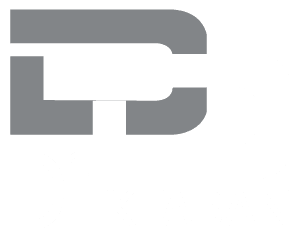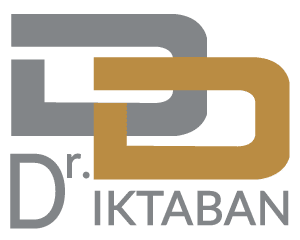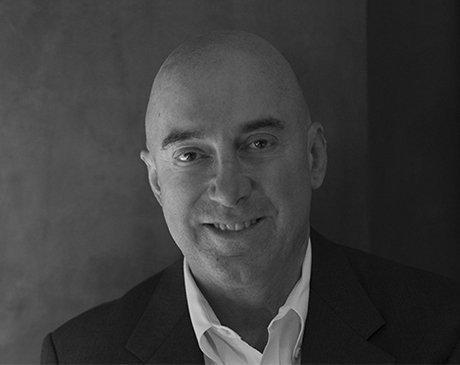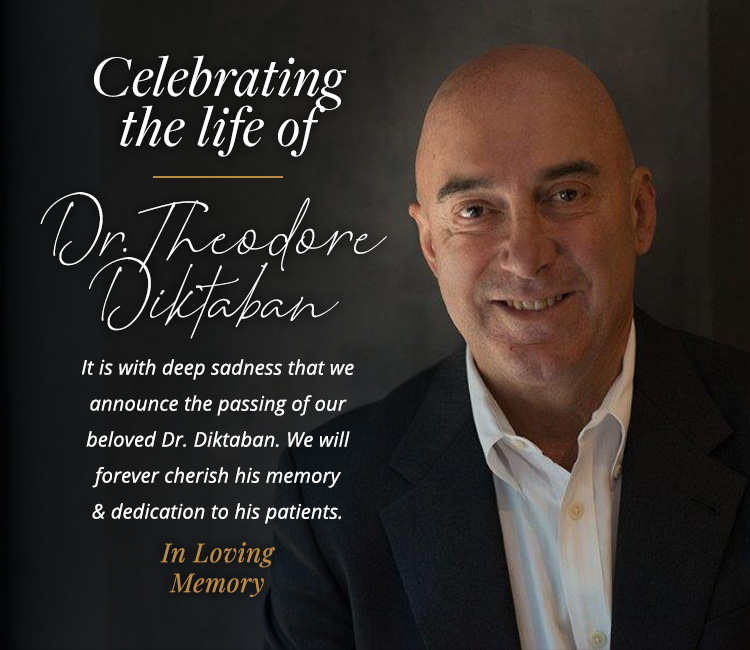
Gynecomastia, or male breast enlargement, may not be talked about much, but it’s actually more common than you might think. Many people think of male breast enlargement as a “side effect” of puberty, and in fact, about half of teen males will develop some breast enlargement as a result of hormonal fluctuations. Most of those cases clear up on their own, either in the late teens or 20s. But it’s not just teens who are affected. Data show as many as 65 percent of men from 27 to 92 years of age have some degree of breast enlargement, and for those men, the condition can cause a fair amount of embarrassment and discomfort.
Dr. Theodore Diktaban offers state-of-the-art treatment options for gynecomastia to help men of all ages feel more confident about their appearance. If you’ve been dealing with male breast enlargement, here’s what you should know about the causes and the treatments.
What causes gynecomastia?
Hormonal changes are one of the most common causes of gynecomastia. As noted, during puberty, many teens experience temporary breast enlargement or puffiness, which usually resolves within about 6 to 24 months. In older men, a decline in testosterone levels, sometimes combined with weight gain, can also cause breast enlargement.
Other causes of gynecomastia include the following:
- Use of certain medications like drugs used to treat prostate enlargement and cancer, anabolic steroids, some anti-anxiety and antidepressant medications, and some medications used to treat heart disease or digestive problems
- Excessive alcohol use and use of some types of illicit drugs
- Use of products that contain estrogen
During your office evaluation, Dr. Diktaban may order tests to determine the underlying cause of your breast enlargement, and he’ll perform other exams to make sure your treatment is tailored to your needs.
Gynecomastia treatments
Gynecomastia treatment usually involves one of two procedures: liposuction and/or partial breast gland removal. Liposuction can be a very effective option for men whose breast enlargement is caused solely by excess fatty tissue. During a liposuction procedure, Dr. Diktaban makes a very small incision near the breast, then inserts a long, flexible tube called a cannula. The cannula is used to break up fatty tissue so it can be gently suctioned away. Liposuction may also be used with the breast gland removal surgery to reduce “puffiness” caused by excess breast tissue around the nipple area and to enhance the overall contours of the chest.
A partial breast gland removal is more appropriate for men who have excess glandular tissue with or without fatty tissue. For this procedure, the incision usually is located around the nipple area where it can be easily hidden. Once the incision is made, Dr. Diktaban uses surgical instruments to remove excess breast tissue and excess skin. He may also reposition the nipple, especially if the breast is very large.
After your treatment: Recovery and results
Recovery time depends a lot on the type of procedure that’s performed. Immediately after your surgery, you’ll spend some time in a recovery area before being discharged. Dr. Diktaban will provide you with a compression garment to wear over your chest during the early stages of healing to help reduce swelling, and you’ll also be prescribed some pain medication to help with discomfort. You’ll need to avoid heavy lifting and strenuous activity for a period of time, which will be dependent on the procedure you have. For instance, if you have liposuction, typically you’ll be able to resume activities more quickly than with a more invasive procedure like a mastectomy. Most men can return to work in about a week, but depending on your job, you might need some activity modifications while you heal.
After any of these procedures, you can expect some bruising and swelling, at least for the first few weeks. You also may experience some numbness in the area, which can take about a year to resolve. In most cases, you can expect to see your new chest contours within three to six months, once all the swelling has subsided and your skin has “molded” itself to your new shape.
Find out more about gynecomastia treatments
Gynecomastia treatment is associated with a very high level of patient satisfaction. Men who’ve undergone male breast reduction say they feel more confident, more attractive, and more masculine. If you’d like to learn more about the gynecomastia treatments offered by Theodore Diktaban, MD, FACS, book an appointment online today.
Dr. Theodore Diktaban, MD FACS, a double board-certified plastic surgeon with 35+ years of experience, specializes in safe and subtle cosmetic treatments, enhancing natural beauty and boosting self-confidence in the Upper East Side and New York City.




